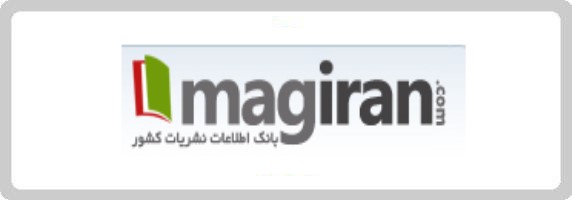Proposing an Organizational Well-Being Model in Islamic Azad University
Keywords:
Model Proposal, well-being, Organizational well-being, Islamic Azad UniversityAbstract
Purpose: The present study aimed to propose an organizational well-being model for Islamic Azad University. Methodology: This study followed a qualitative research approach with a content analysis method. The research setting included primary sources, reputable scientific databases in the field of well-being studies, and international articles indexed between 2000 and 2024, as well as national articles indexed between 2019 and 2024. The research instrument consisted of interviews with faculty members, and the sampling method was purposive criterion-based sampling. The instrument used for data collection was a semi-structured in-depth interview. After categorizing the initial 128 questions, their content validity was assessed using both qualitative (expert opinions of 10 specialists) and quantitative methods (examining the agreement level of each question using the Content Validity Ratio [CVR]). Questions with low validity were removed. Using Holsti’s coefficient, the questionnaire's reliability was estimated at 90%. Findings: Data analysis using content analysis with an inductive approach revealed that the variables of organizational balance with four components, communication with two components, individual well-being with two components, leadership well-being with three components, organizational structure well-being with four components, environmental well-being with two components, organizational dynamism with five components, self-care with two components, organizational branding with four components, and meaning-making with three components constitute the organizational well-being factors. Conclusion: Considering the critical role of well-being in advancing the educational goals of universities, guiding competent individuals toward the labor market and society, and the significance of human life quality in the modern era, the proposed criteria in the suggested model can serve as one of the pathways to improving the condition of our universities.










